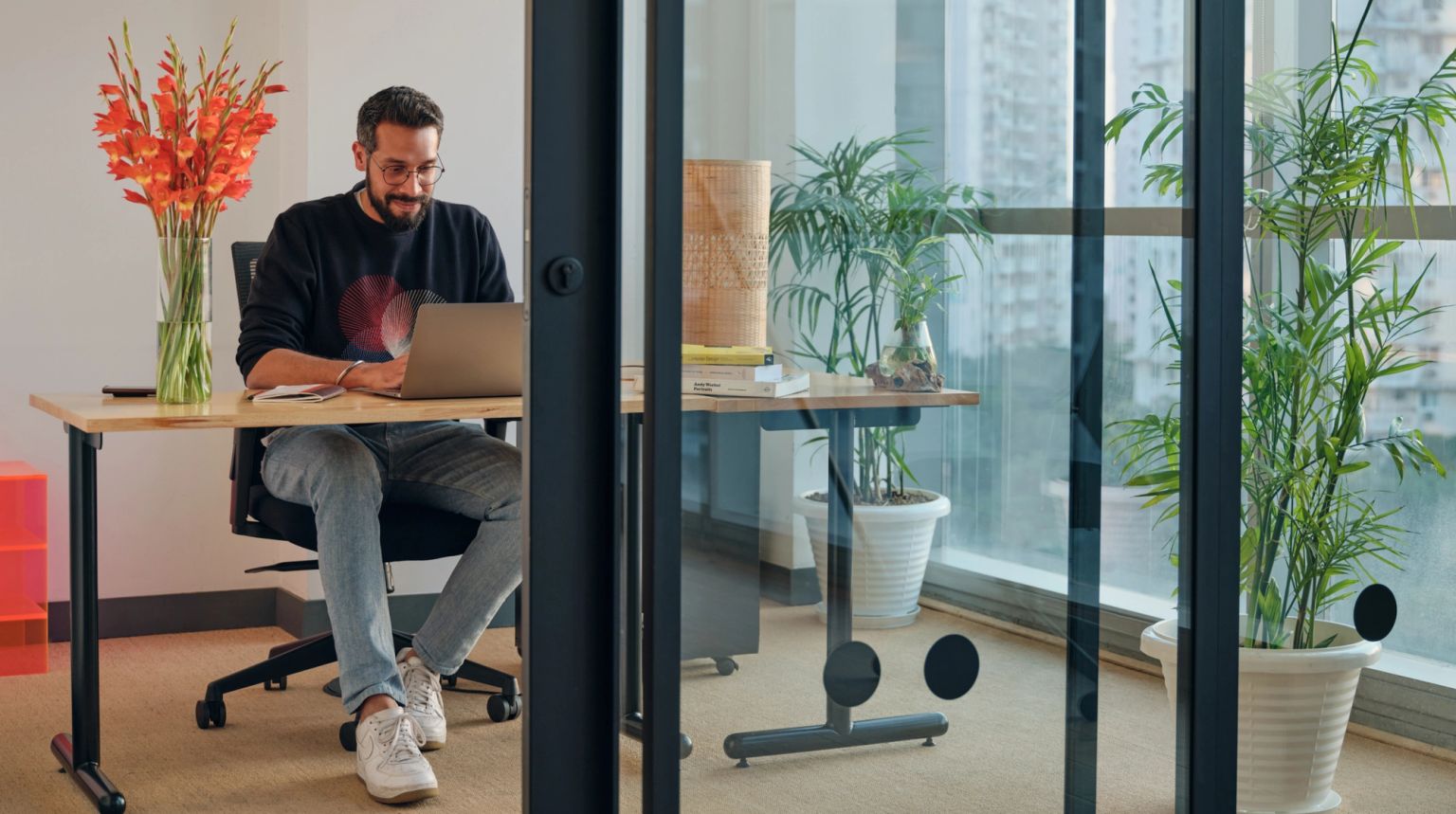CULTURE & COMMUNITY
What will it take to end bias in the office?

Unconscious bias often hampers efforts to achieve diversity. Here are some ways to address the issues
Fifty years ago, workplaces were predominantly designed by men and for men. Cut to 2022, and organisations are making a concerted effort to create diverse and inclusive workspaces. The effort pays off for workplaces too: Organisations in the top quartile for gender diversity are 15% more likely to achieve financial returns that exceed their respective national industry median, according to a research by consulting firm McKinsey and Co., Why Diversity Matters.
Efforts to achieve diversity are, however, hampered by unconscious bias. Unconscious or implicit bias is the bias we are unaware of and which we have no control over. It’s triggered by our brain making quick judgements and assessments of people and situations, influenced by our background, cultural environment and personal experiences.
At work, unconscious biases take many forms, such as affinity bias (where people gravitate towards individuals they resonate with), appearance bias (where we judge people based on visual clues), or gender bias (where we favour people based on gender). Unconscious bias stands in the way of inclusivity, and stops firms from cultivating diverse talent, growing an engaged workforce, capitalising on distinct experiences and viewpoints, and stimulating innovation through collaboration. It negatively impacts the organisational culture, undermining a firm’s diversity goals and limiting its overall growth and success.
It becomes vital for leaders and decision makers to increase their efforts to identify prejudice in their organisations and build a more inclusive environment. Diversity in the workplace also leads to empathy and a stronger understanding of a diverse customer base and can be a key differentiator for the business.
For example, at WeWork India, diversity in the workforce with the representation of parents, women, LGBTQ+ and persons with disabilities leads to greater sensitivity towards member needs from similar strands of diversity. This astute understanding of diverse member needs reflects in workplace design, innovative flexible product offerings, bespoke engagement strategies for building networks and a sense of community.
Here are some best practices that could help break the bias at the workplace, and build a positive atmosphere.
Creating awareness
The first step towards change is self-awareness. It is extremely important to educate employees and leaders about unconscious biases. By holding sensitization sessions and ensuring that every new hire undergoes D&I (diversity and inclusion) training as part of their onboarding, employees can become more conscious of their actions and decisions.
Companies also need to emphasise on equal opportunities through policy-making. Inclusion needs to be integrated into systems and processes to foster an environment that is conducive to the growth of all employees Some initiatives that organisations can explore to achieve this are gender-neutral and inclusive hiring.
From job postings to hiring, keep the process gender neutral by using gender-neutral titles and avoiding pronouns such as he/she in job descriptions. Promote hiring by introducing referral bonuses for successful hires from underrepresented strands of diversity. Diverse hiring requires a diverse group of interviewers. Firms can institute policies such as having interviewers from varied backgrounds. This also creates relatability for candidates through the selection process.
Another initiative could be taking data-driven decisions. Make it a practice to evaluate diversity metrics during hiring, participation in development programmes, mentoring initiatives, promotion recommendations, recognition programmes and reward processes. Challenging managers using data raises awareness around any unconscious bias, brings out conversations on stereotypes and helps to build an equitable environment over time. In order to analyse and monitor the progress of diversity efforts undertaken, businesses must periodically report on inclusive recruitment, retention and promotion.
Adopt hybrid and flexible work models: Organisations can consider flexible work models to increase their diversity and to employ from a varied talent pool regardless of ethnicity or location. Offering flexibility to factor in diverse needs and preferences helps build commitment towards the employer brand and motivates people to high performance in the long run.
Companies can also offer parental leave, as well as initiate programmes to ease the transition back into work for primary caregivers, mentorship programmes for new parents, along with daycare facilities and mothers’ rooms.
Employee resource groups (ERGs) can be a great medium to drive build communities aligned to various strands of diversity. They provide employees from various diversity backgrounds and allies to have a voice, providing a sense of belonging and purpose. At WeWork India, the ERGs chart out quarterly plans aligned with their mission and report progress every quarter to the CEO, the sponsors of the ERGs and head of people. This provides visibility to the focus areas, challenges and opportunities, in driving inclusion and helps garner the necessary sponsorship. It also helps in best practice sharing between the various ERGs and creating a culture where bias can be minimised.
Leadership counts
A diverse leadership team illustrates a company’s commitment to D&I. Leaders are the representatives of a firm, and when you have diverse leaders on board, it reinforces the idea that the organisation will value you regardless of gender, race, sexual orientation, ethnicity, colour.
For a bias-free environment, companies should set D&I goals for the senior leadership. Keeping track through an organisation’s inclusion scorecard and building a Diversity Dashboard that measures the representation across the organisation and includes metrics on hiring, retention and promotion, can help diversify the workforce over time.
When people bring their whole selves to work and are at ease with their preferences, they are more likely to achieve their full potential. This is only possible if organisations create an inclusive and safe space for all, regardless of differences.
Related Blogs:

CULTURE & COMMUNITY
In this blog, we will understand the meaning of workplace flexibility, its benefits, and learn how coworking workplaces like WeWork can help in embracing flexibility in the workplace.

CULTURE & COMMUNITY
In recent years, the landscape of work has seen a major shift due to advancements in technology and the changing needs of the modern workforce. Now, especially after the pandemic, remote work has become a standard practice for many organisations.

